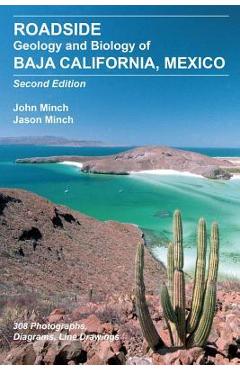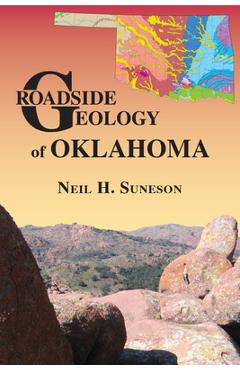Roadside Geology of Indiana, Paperback/Mark J. Camp

Detalii Roadside Geology of Indiana, Paperback/Mark
elefant.ro
82.86 Lei
143.99 Lei
Foreign Books
Mountain Press Publishing Company
Roadside Geology of Indiana, Paperback/Mark - Disponibil la elefant.ro
Pe YEO găsești Roadside Geology of Indiana, Paperback/Mark de la Mountain Press Publishing Company, în categoria Foreign Books.
Indiferent de nevoile tale, Roadside Geology of Indiana, Paperback/Mark J. Camp din categoria Foreign Books îți poate aduce un echilibru perfect între calitate și preț, cu avantaje practice și moderne.
Preț: 82.86 Lei
Caracteristicile produsului Roadside Geology of Indiana, Paperback/Mark
- Brand: Mountain Press Publishing Company
- Categoria: Foreign Books
- Magazin: elefant.ro
- Ultima actualizare: 27-10-2025 01:24:43
Comandă Roadside Geology of Indiana, Paperback/Mark Online, Simplu și Rapid
Prin intermediul platformei YEO, poți comanda Roadside Geology of Indiana, Paperback/Mark de la elefant.ro rapid și în siguranță. Bucură-te de o experiență de cumpărături online optimizată și descoperă cele mai bune oferte actualizate constant.
Descriere magazin:
Hundreds of millions of years ago, warm coral-rich seas deposited mud on the ocean floor, and in time it became limestone--the cornerstone of Indiana geology. Layered with sandstone and shale, the limestone preserves fossils, dissolves along fractures, traps natural gas, and is the source of famous building stones. Roadside Geology of Indiana explores the geologic features visible along the state\'s highways from Indiana Dunes National Lakeshore in the north to Wyandotte Caves in the south. As you travel across Indiana\'s time-worn topography, discover fossilized reefs, mastodon skeletons, geodes, ancient bedrock valleys, and the site of a mysterious meteorite impact. Authors Mark J. Camp and Graham T. Richardson divide Indiana into four geographically distinct regions: the arched limestones of the southeastern hills, the karst topography of the south, the coal-bearing rocks of the Wabash lowlands, and the glacially buried north. Numerous maps and cross sections reveal Indiana\'s geology for easy exploration.

Produse asemănătoare

Roadside Geology of Southern California - Arthur Gibbs Sylvester
![]() libris.ro
libris.ro
Actualizat in 28/10/2025
156.24 Lei

Roadside Geology and Biology of Baja California, 2nd Ed. - John Minch
![]() libris.ro
libris.ro
Actualizat in 28/10/2025
139.22 Lei
Produse marca Mountain Press Publishing Company

Atlantic Coast Beaches: A Guide to Ripples, Dunes, and Other Natural Features of the Seashore, Paperback/William J. Neal
![]() elefant.ro
elefant.ro
Actualizat in 12/02/2022
107.99 Lei

The Journals of Patrick Gass: Member of the Lewis and Clark Expedition, Paperback/Carol Lynn MacGregor
![]() elefant.ro
elefant.ro
Actualizat in 12/02/2022
121.99 Lei

Year of the Fire: The Story of the Great Fires of 1910, Paperback/Stephen J. Pyne
![]() elefant.ro
elefant.ro
Actualizat in 12/02/2022
102.99 Lei

Sacagawea\'s Son: The Life of Jean Baptiste Charbonneau, Paperback/Marion Tinling
![]() elefant.ro
elefant.ro
Actualizat in 12/02/2022
59.99 Lei

Roadside History of Nebraska, Paperback/Candy Moulton
![]() elefant.ro
elefant.ro
Actualizat in 12/02/2022
103.99 Lei



